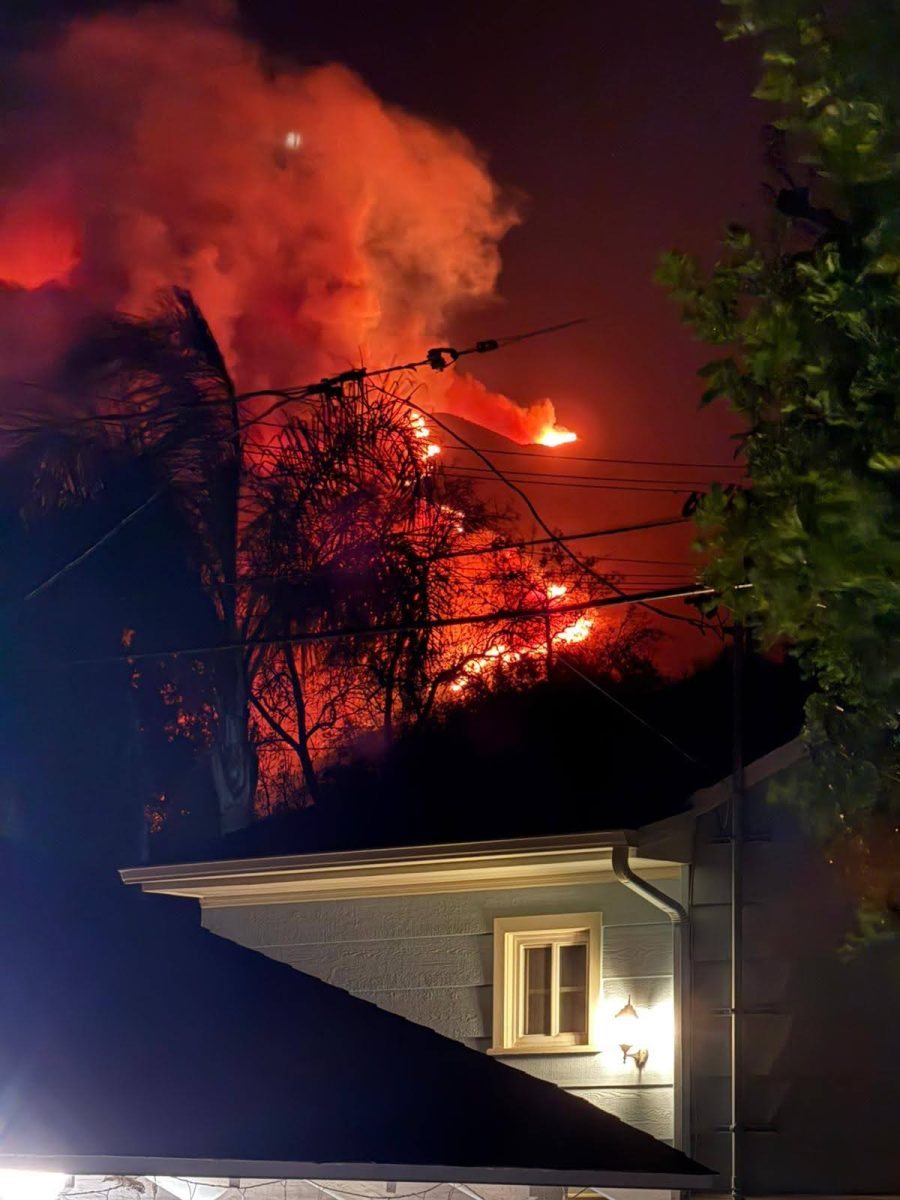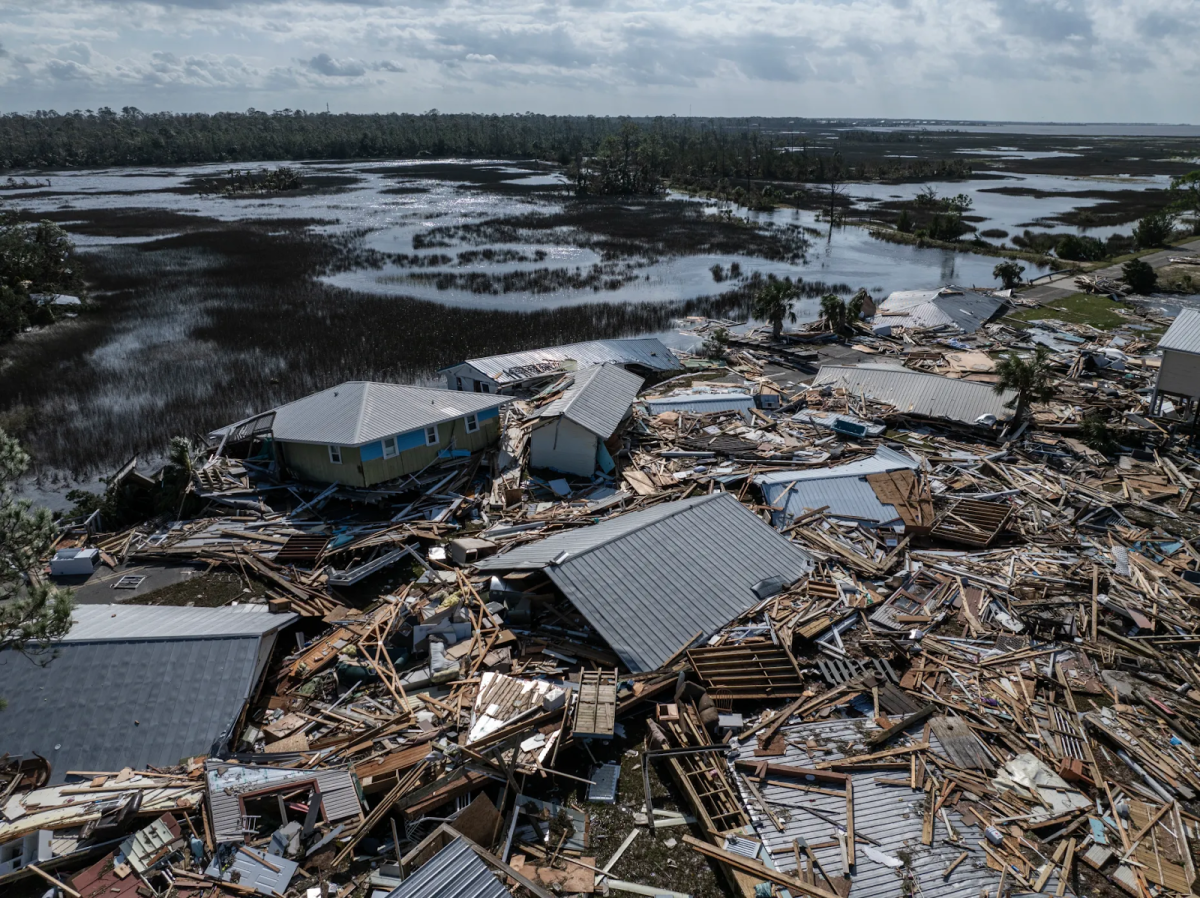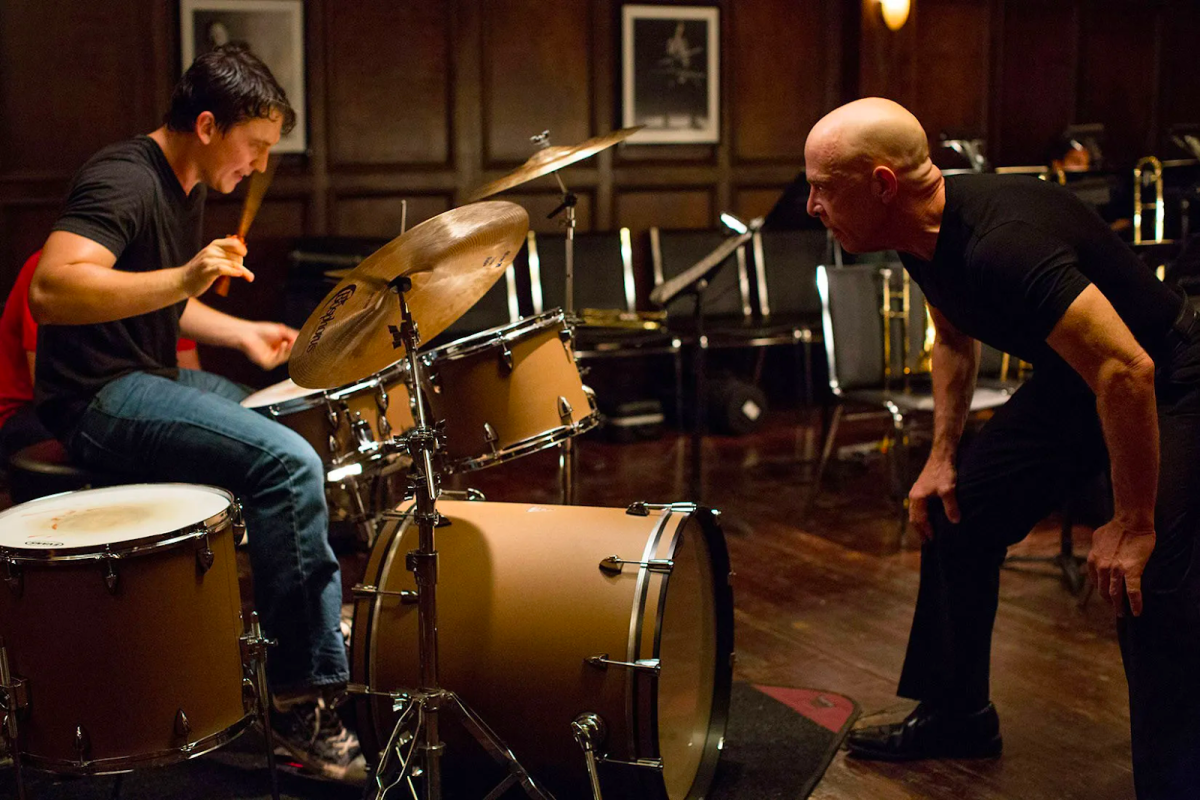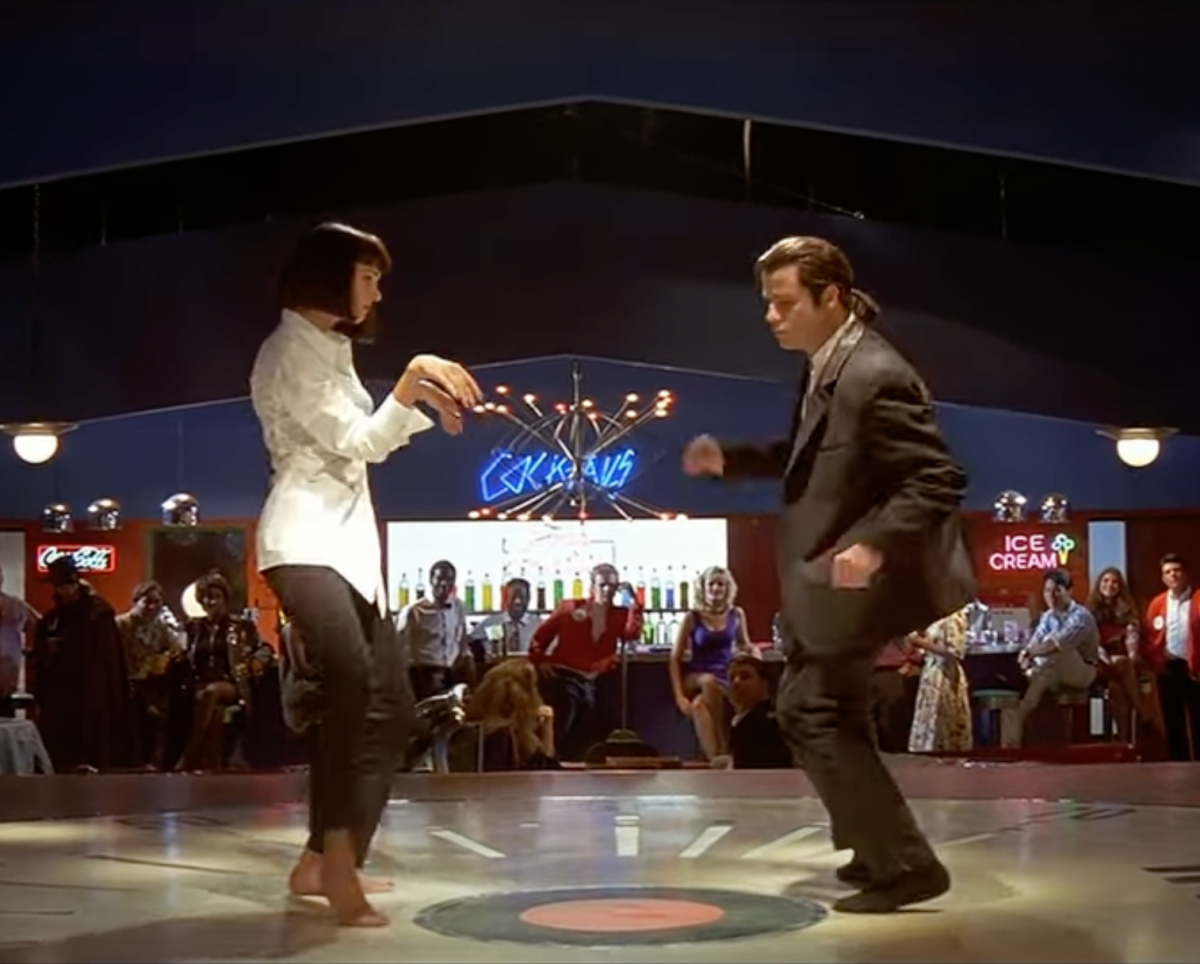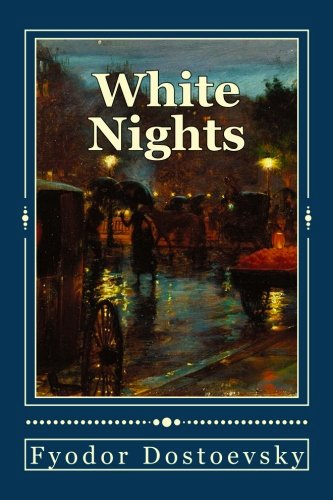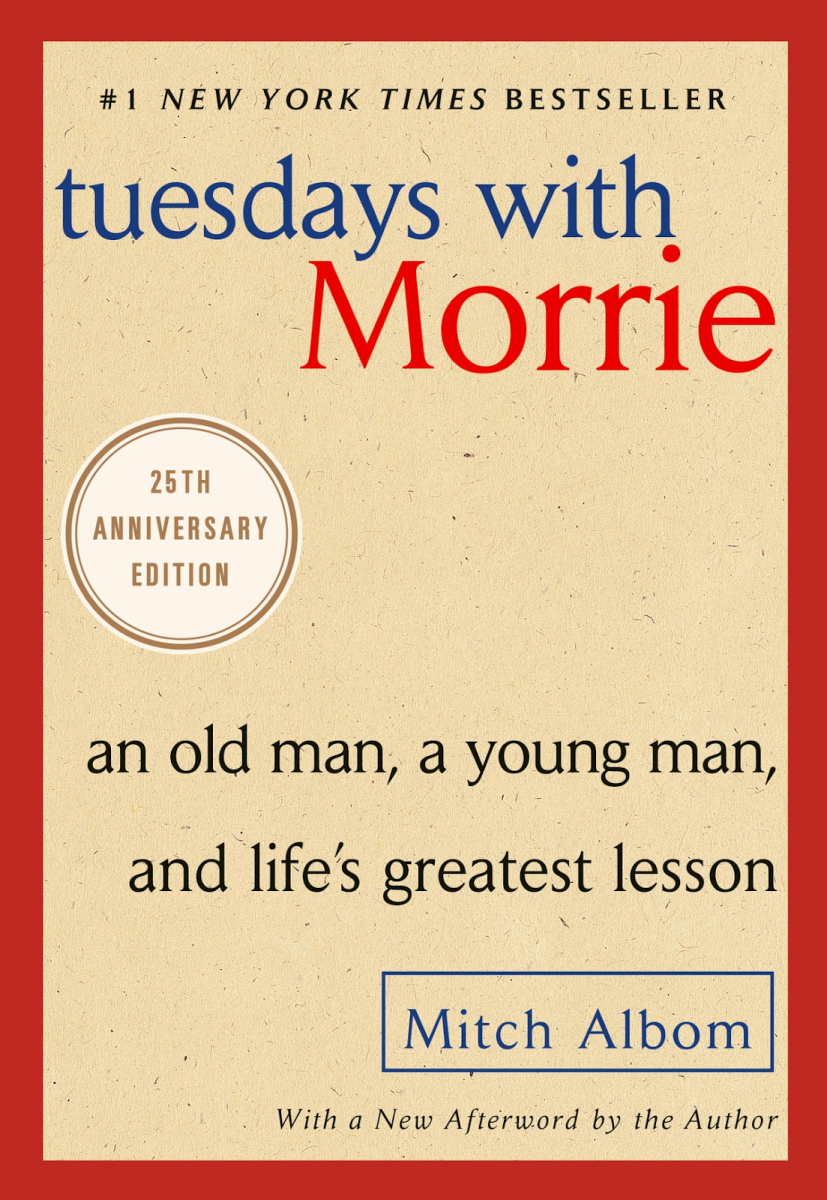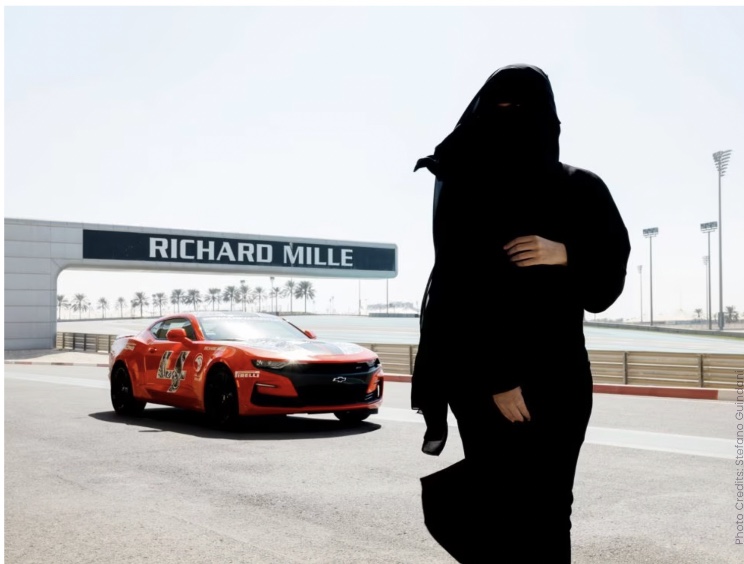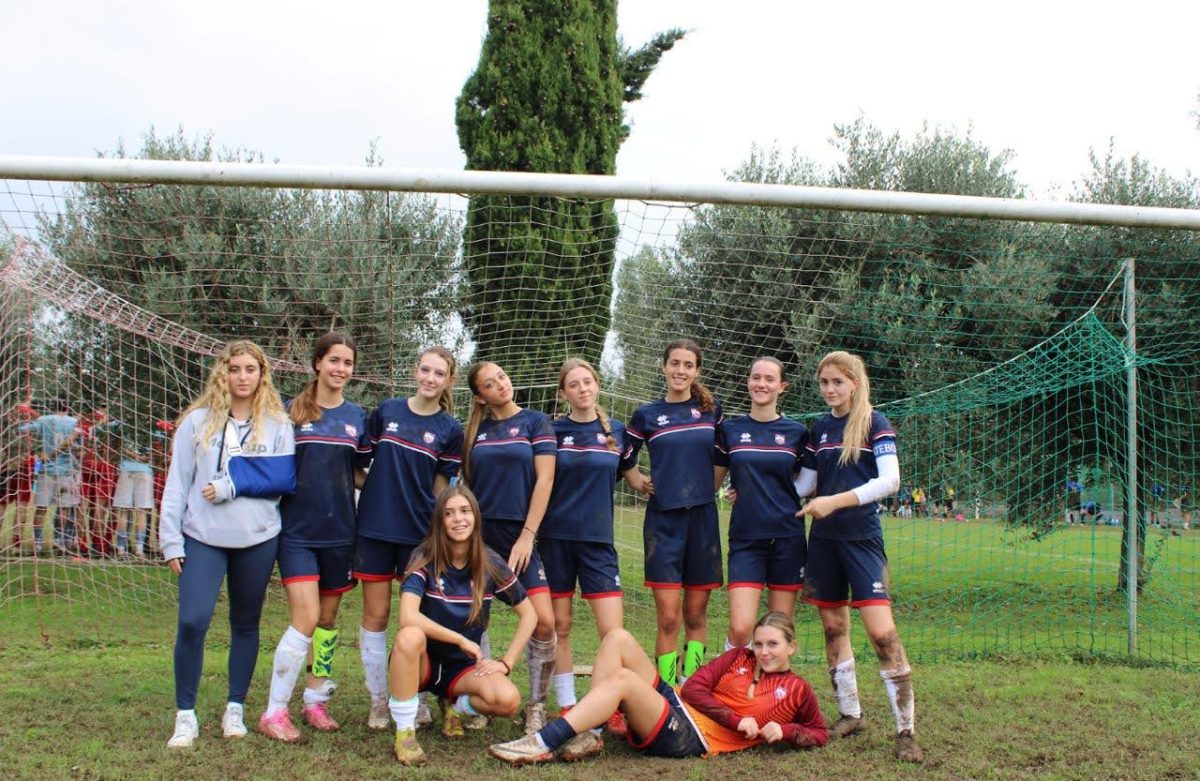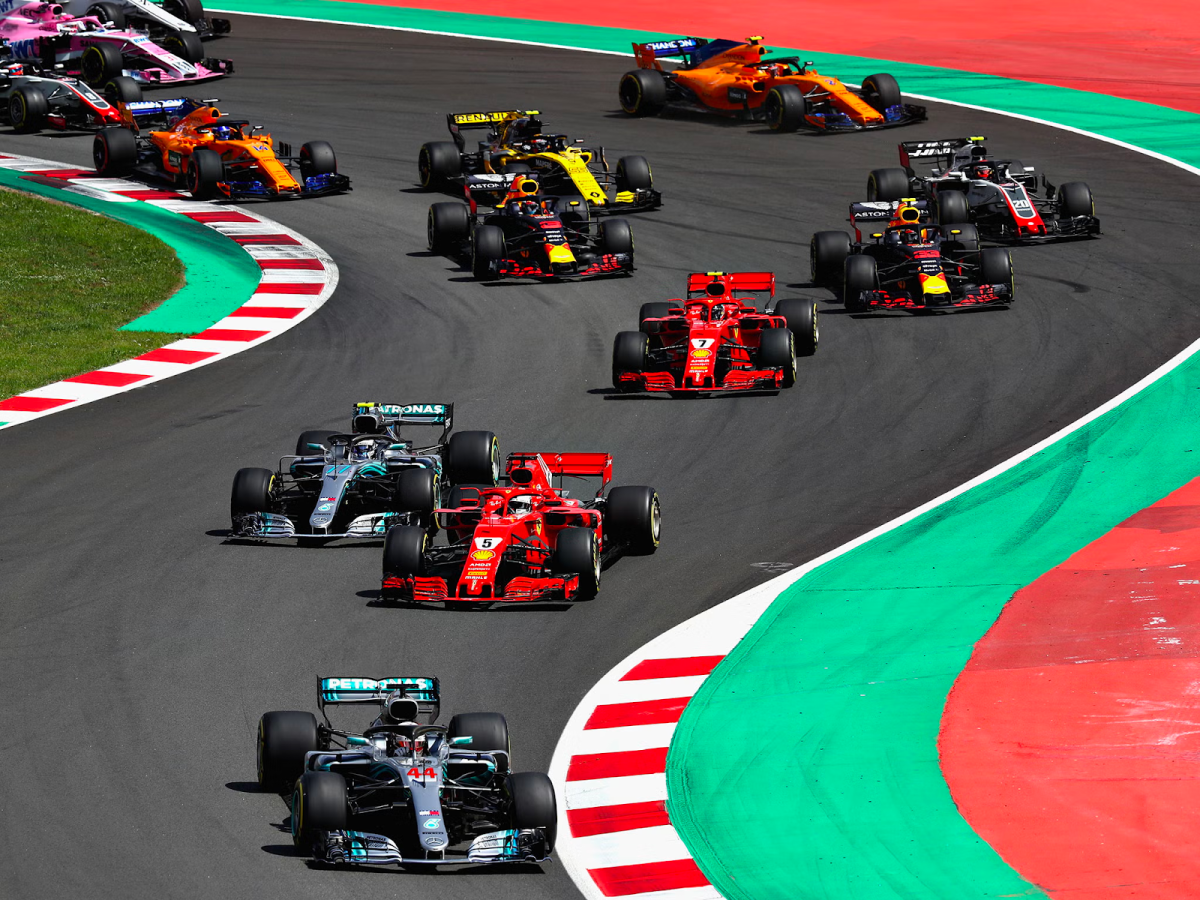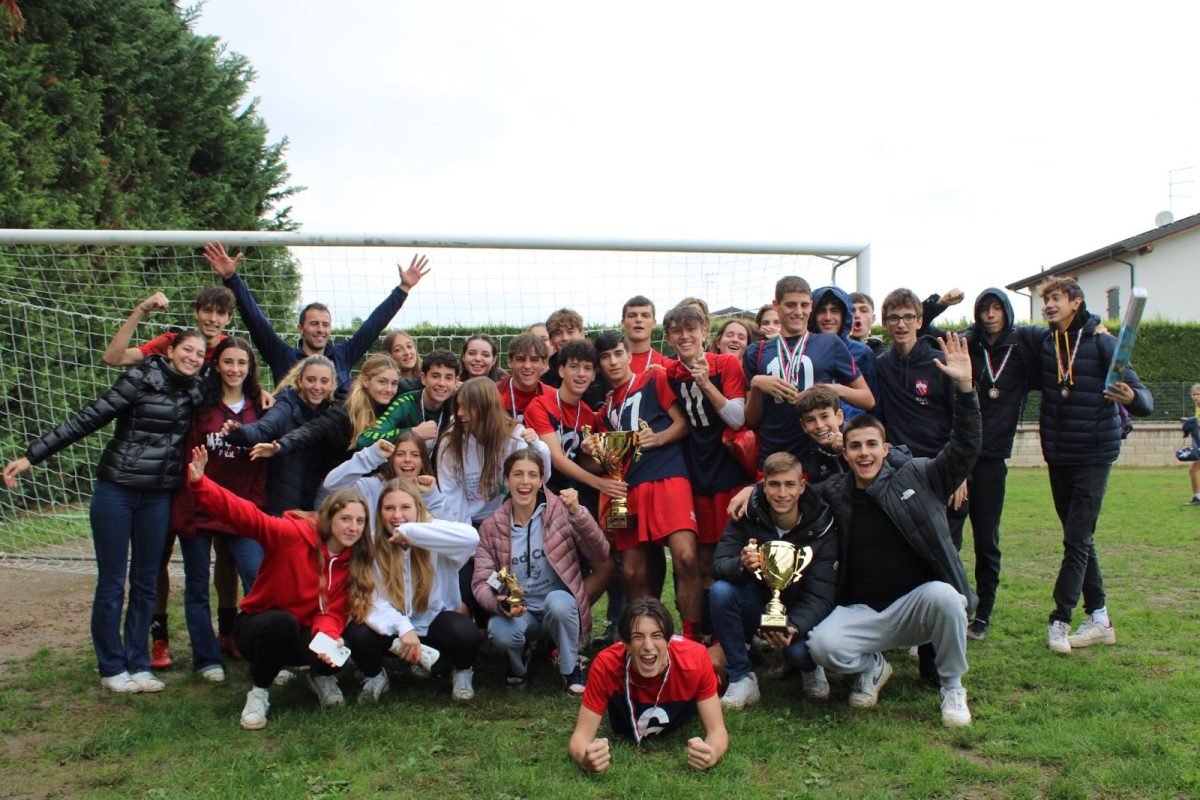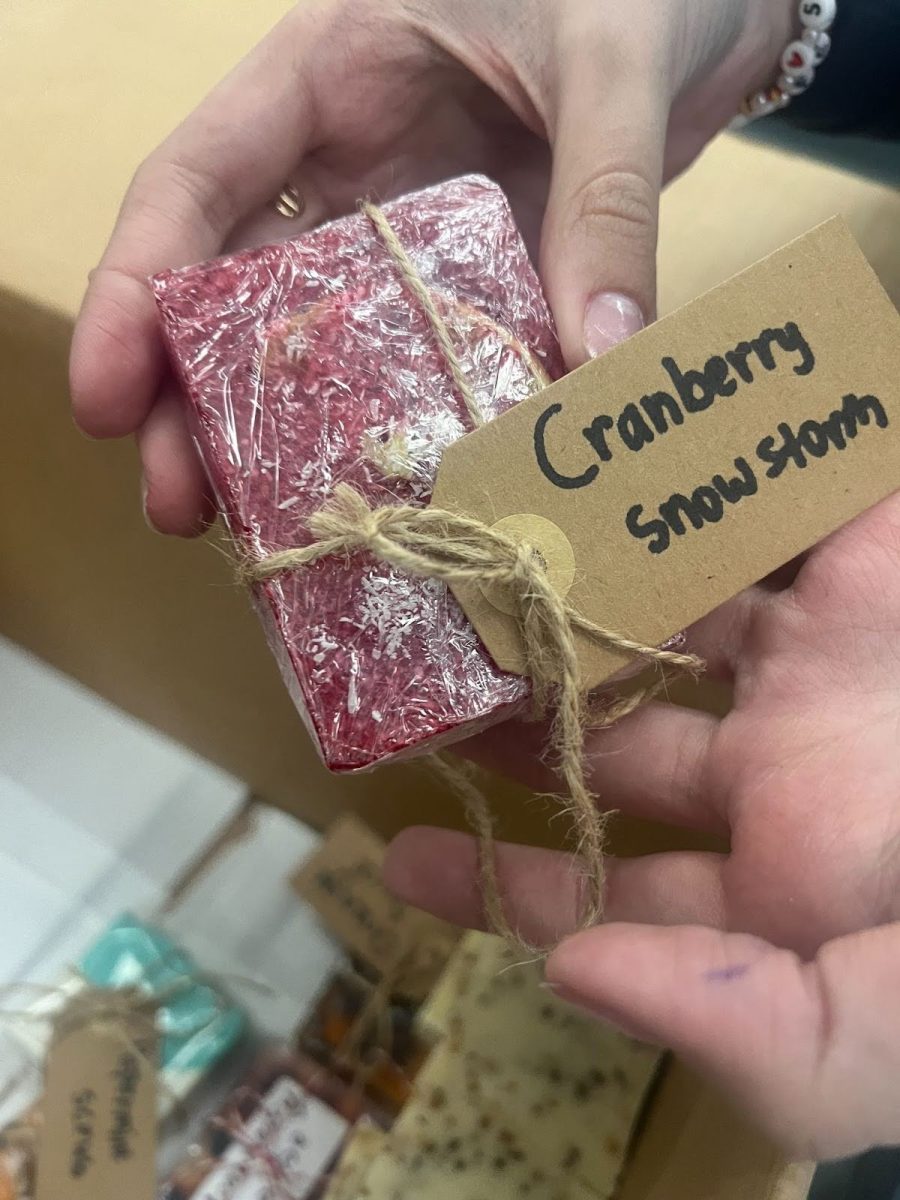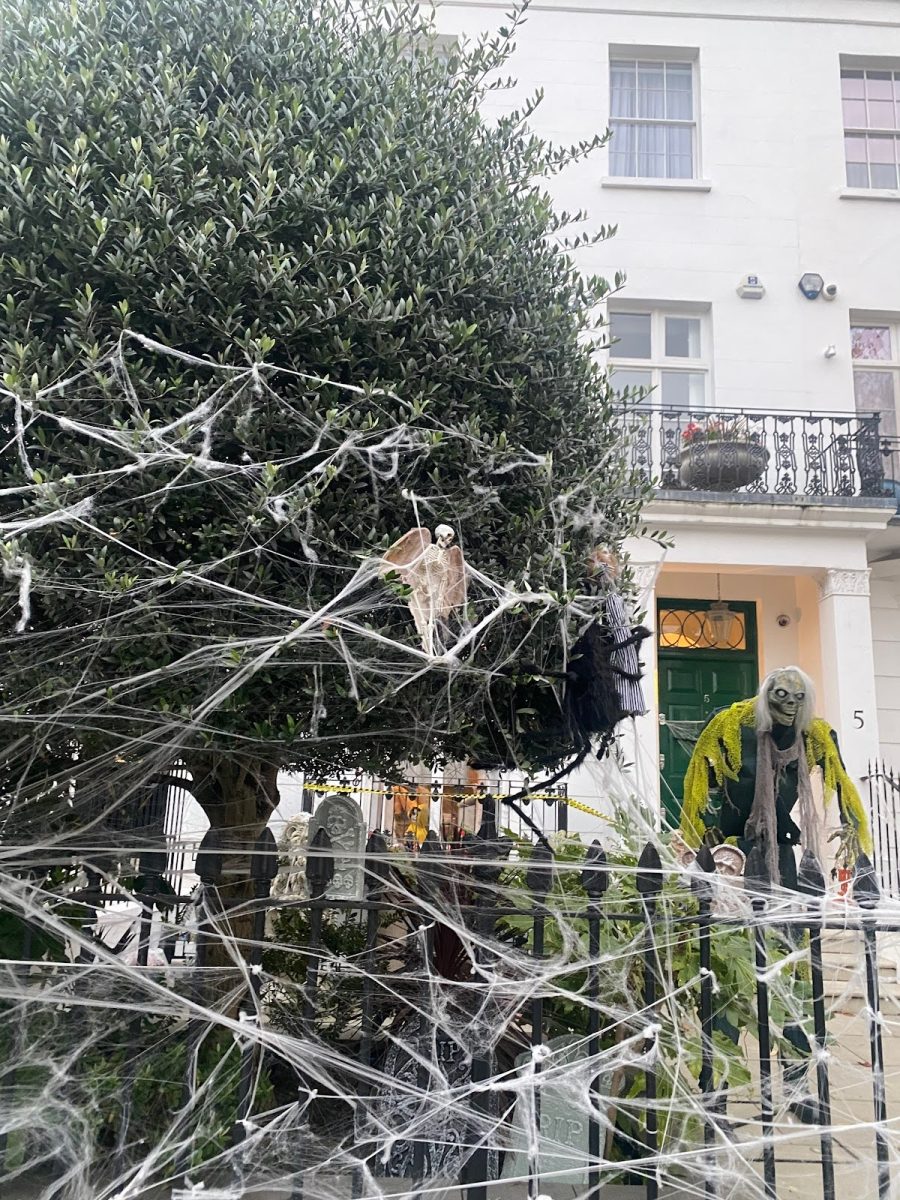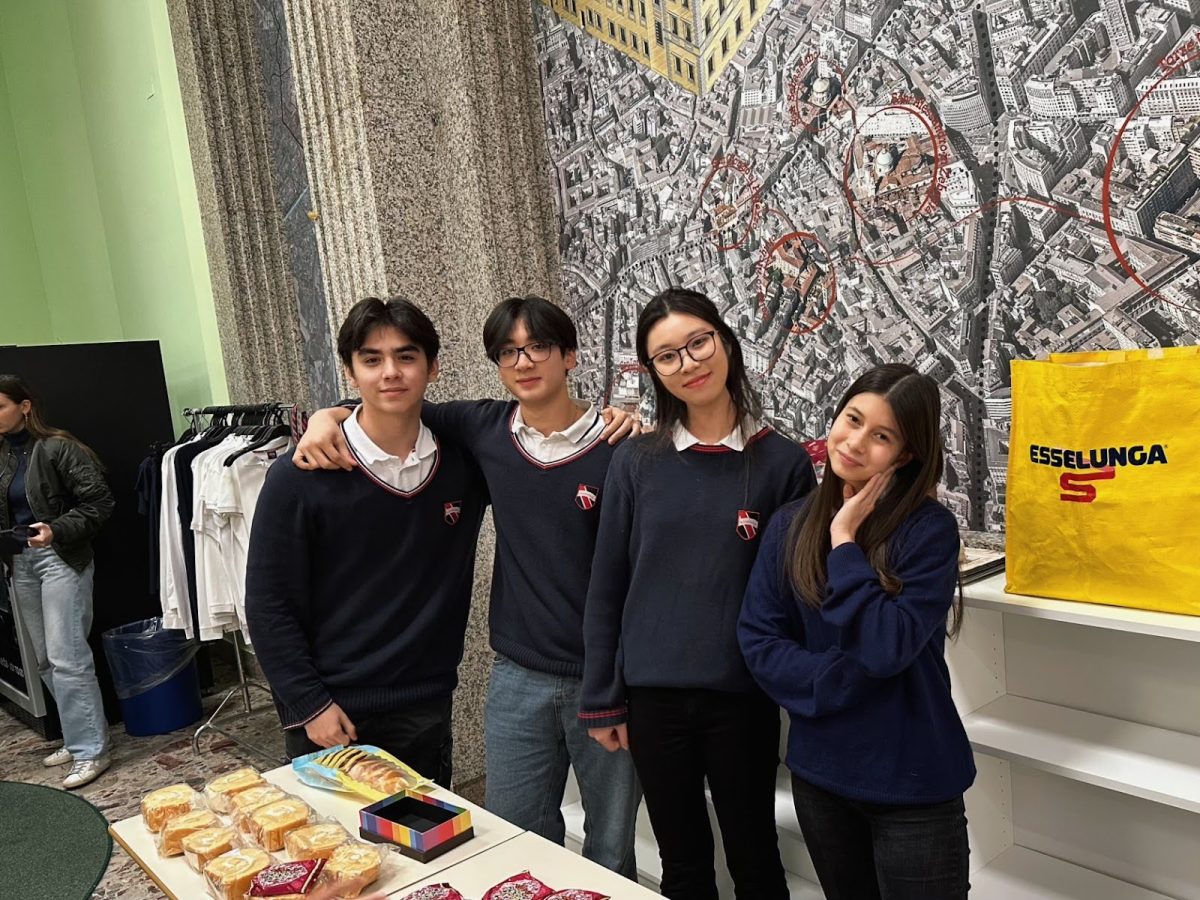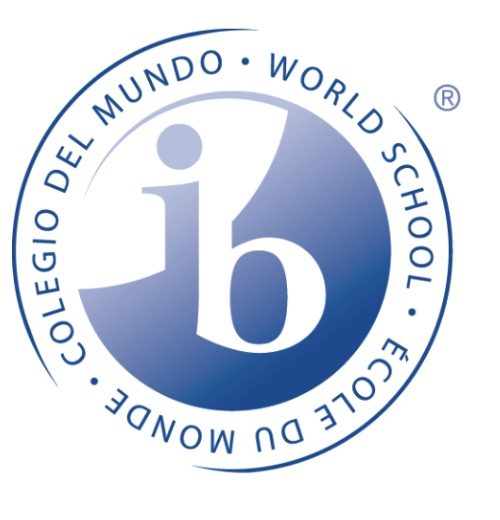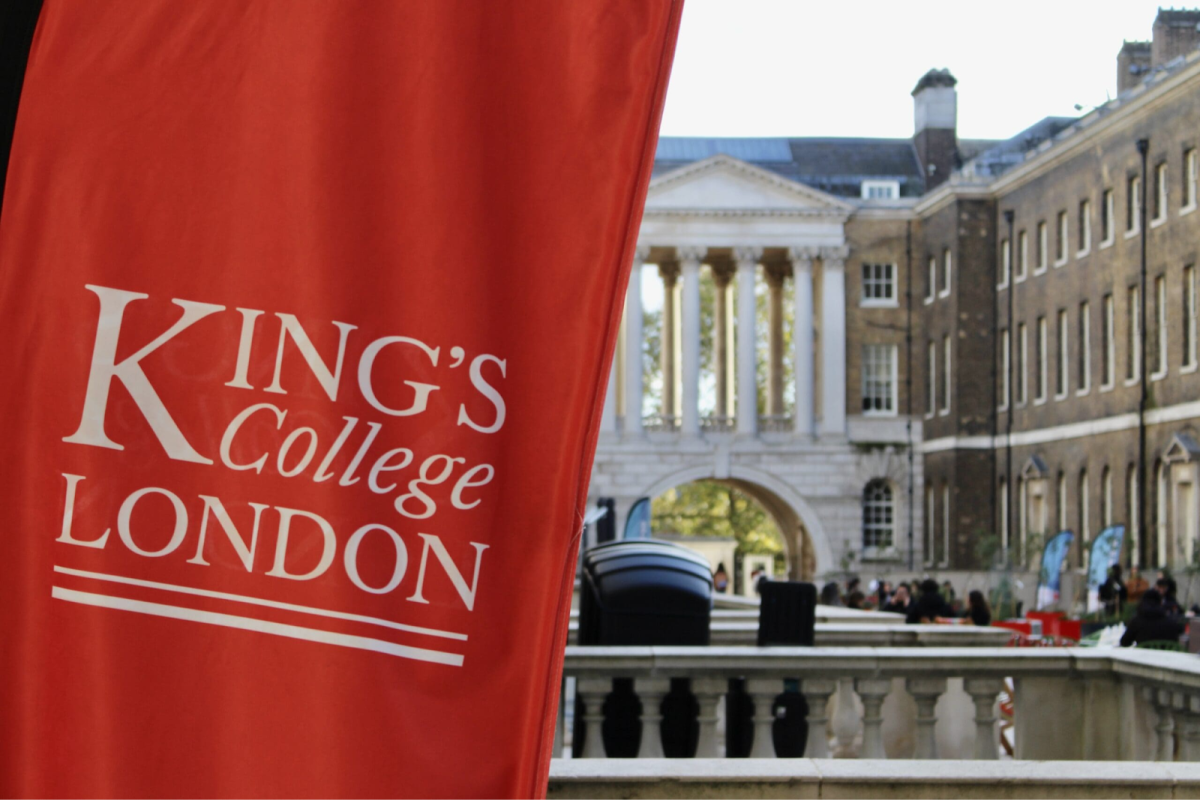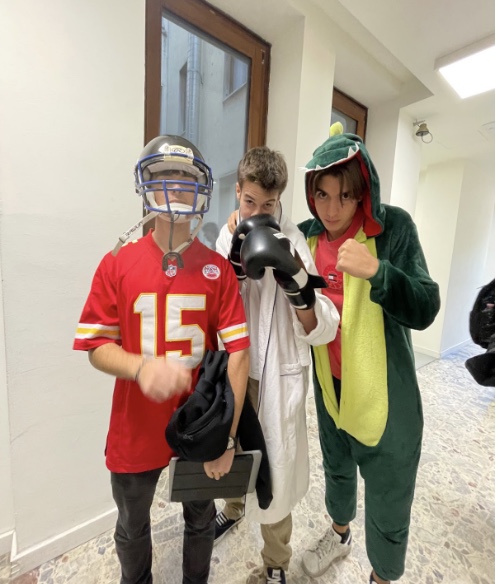Halloween is an ancient celtic festival which marks the end of the harvest season and the beginning of the onset of winter. October 31st was said to be a magical
time when the ghosts of the dead walked the earth. The villagers lit bonfires to drive the dead back to the spirit world and keep them away from the living. The holiday arrived in America along with the wave of Irish immigrants during the potato famine of the 1840s. In the 1930s Halloween became more of a dangerous holiday as there were many acts of vandalism on the day. Trick or treating was originally an extortion deal. Young boys would ask houses for candy and if they didn’t give it to them the boys would vandalise their houses. Storekeepers and house owners began giving treats or bribes to stop the vandalism. Soon, children were encouraged to travel door by door for candy as an alternative to vandalising. By the late 1930s trick or treating became the holiday greeting.

Today Halloween is celebrated all around the world, and now it is custom for children to dress up as scary characters and go up to doors to receive candy. Places in which this tradition is very popular and still goes on are the United Kingdom and the United States. For example in London, around the end of October citizens decorate their houses and on the night of Halloween they give out candy.
At St. Louis school this year, to celebrate Halloween, we had the occasion to dress up on the last Wednesday before the holidays. On that day, candy was hidden around the school and almost everyone had the occasion to enjoy some treats and savour some Halloween spirit in Milan.

